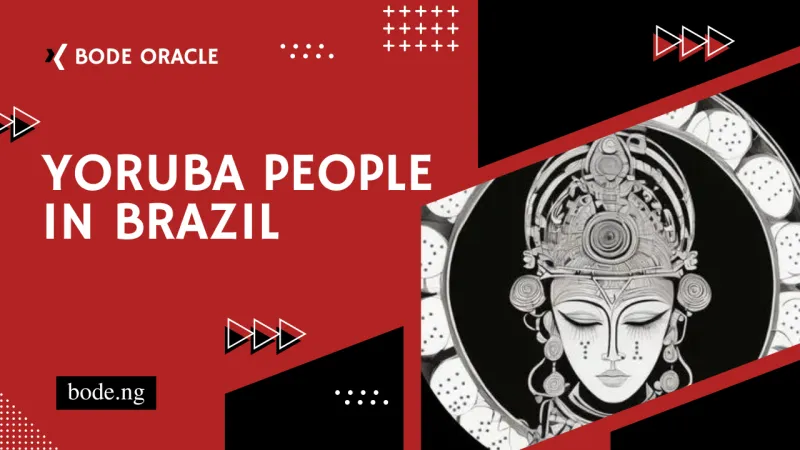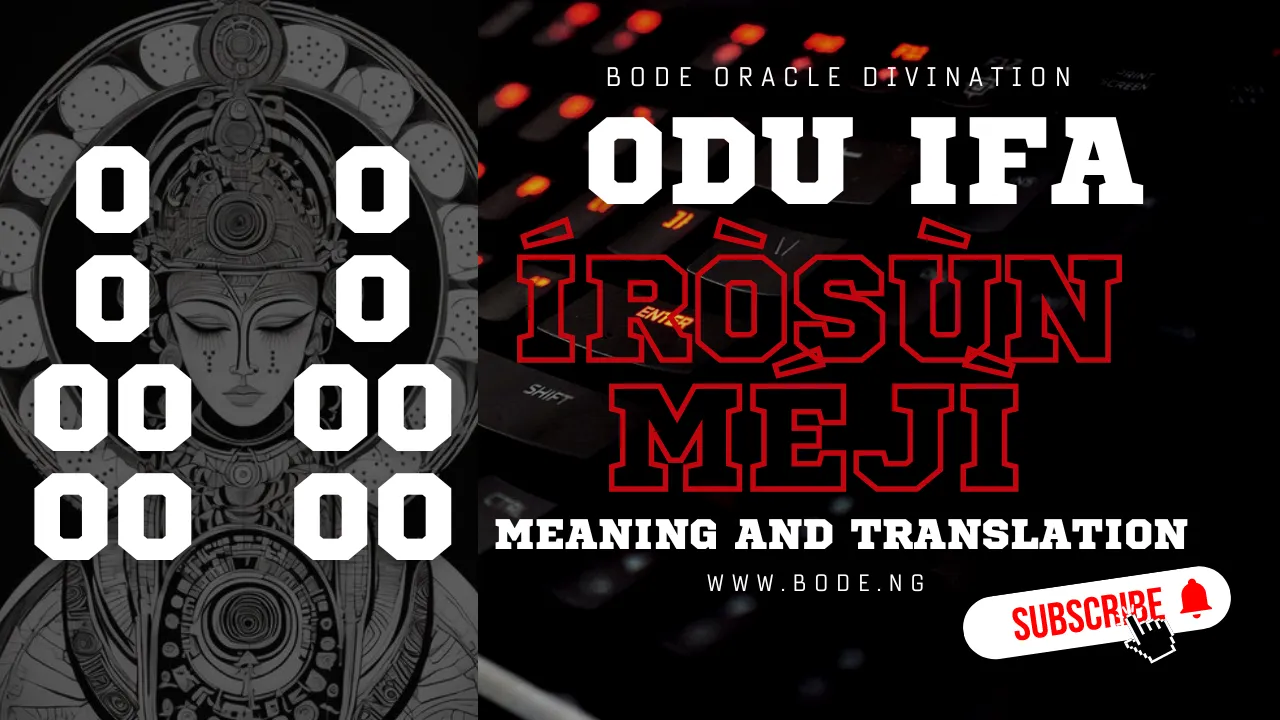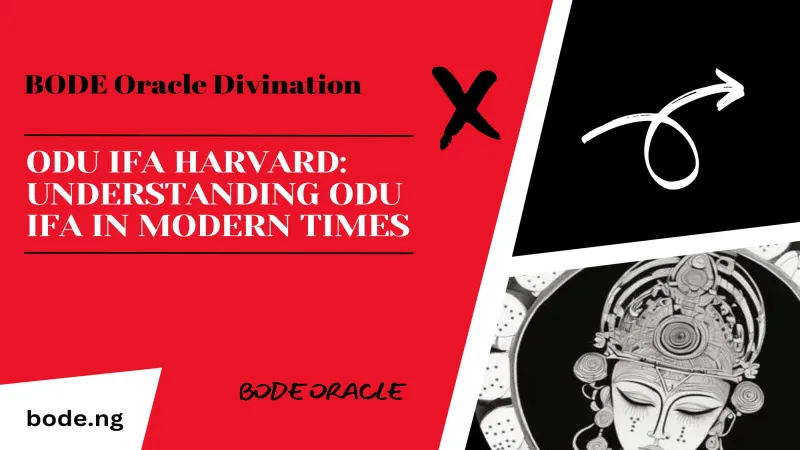The Yoruba were one of the main African ethnic groups captured and enslaved, then taken to Brazil by slave traders.
They were primarily brought from port cities in regions like Oyo, Dahomey, and Benin, where the Portuguese and Brazilians had long-standing trade and political ties.
Although they were far from being the majority among enslaved Africans in Brazil, the Yoruba had a significant cultural impact, particularly in religion and language. In Brazil, they were often referred to as nagôs until the late 19th century.
The Yoruba have been present in Brazil since the 16th century when they were brought as slaves to work on plantations.
Over time, they made important contributions to Afro-Brazilian culture, especially in shaping religious beliefs and practices.
Candomblé, one of the major Afro-Brazilian religions alongside Umbanda, is heavily influenced by Yoruba traditions. It incorporates Yoruba rituals, religious concepts, and customs, although it also draws on other polytheistic beliefs that were once common in West Africa.
Candomblé developed into different "nations," each with its own unique characteristics based on the ethnic background of the people involved.
For instance, the Ketu nation uses Yoruba as its liturgical language, the Angola nation uses Central African Bantu languages like Kimbundu and Umbundu, and the Jeje nation uses Ewe-Fon.
The influence of Yoruba culture extends beyond the confines of Candomblé. Many religious terms, phrases, and chants associated with Candomblé, now familiar to many Brazilians, come from the Yoruba language.
Even though these words are written in Brazilian Portuguese, Yoruba speakers can easily recognize their origins.
READ MORE
Who Is The Most Powerful Yoruba King?
Yoruba Girl Names And Their Meaning
Yoruba Names For Boys And Their Meaning
Facts About the Yoruba People in Brazil
The term "Nagos" refers to all Brazilian Yoruba people, their African descendants, and the associated Yoruba mythology, rituals, and cosmological traditions.
The name originates from "Anago," a term used by Fon-speaking people to describe Yoruba-speaking individuals from the Ketu kingdom.
By the late 19th century, as the transatlantic slave trade neared its end, the Nagos emerged as the predominant African group transported to Brazil.
They played a significant role in the history of the slave trade during the 1800s, as Brazil's demand for enslaved labor increased to support the growing economy and sustain the grueling conditions of plantation work, which caused high mortality rates and frequent labor turnover.
This group became the largest African ethnic community in Brazil, exerting considerable cultural influence as the most recent arrivals.
Enslaved Nagos contributed significantly to Brazil’s economic growth, particularly in the plantation sector, where the demand for labor drove their importation. In the colonial period, enslaved individuals endured harsh conditions and were often worked to death.
Despite these challenges, African cultural practices, especially Yoruba religion and traditions, endured.
The Yoruba faith, which took root during slavery, remains a vital aspect of Brazilian culture today, with a significant portion of the population continuing to practice and uphold its rituals and beliefs.
People Also Read
Yoruba Tribal Markings And Cultural Significance
Cultural and Religious Contributions
One of the most enduring legacies of the Yoruba people in Brazil is the preservation and spread of their religion, which evolved into Candomblé.
Candomblé combines Yoruba spiritual beliefs with elements of Catholicism, reflecting the syncretism that arose under colonial and missionary influence.
This religion centers on the worship of orixás (Yoruba deities), with rituals, dances, and music playing crucial roles in religious ceremonies.
Candomblé terreiros (temples) became hubs of cultural preservation, where traditional Yoruba practices such as drumming, chanting, and divination using cowrie shells were maintained.
These terreiros were not only religious centers but also places where Afro-Brazilian identity was reinforced and celebrated, fostering a sense of community and resistance against cultural erasure.
Although Portuguese became the dominant language, Yoruba linguistic elements have been preserved in religious contexts and everyday expressions.
Some Yoruba words and phrases survive in rituals, songs, and proverbs, keeping the language alive in specific cultural spheres.
See More Trending Post Here
Yoruba Alphabet And Pronunciation
Yoruba Mythology Deities And Orisa
Ifa Yoruba A Global Spiritual Practice
Additionally, efforts in recent years have been made to revive Yoruba language learning among Afro-Brazilians as part of a broader movement to reconnect with African roots.
Yoruba traditions are also celebrated in public festivals, such as the Festa de Iemanjá (Festival of Yemọja), held annually. Yemọja, the orixá of the sea, is honored with offerings, music, and dance.
These events attract not only practitioners of Candomblé but also tourists and Brazilians of diverse backgrounds, showcasing the widespread influence of Yoruba heritage.
Today, Yoruba culture in Brazil remains a vibrant and integral part of the nation’s identity. Beyond religion, it influences Brazilian art, music (especially samba and axé), cuisine, and fashion.
Movements to preserve and celebrate African heritage continue to grow, with Yoruba culture playing a central role in efforts to combat racism and foster pride in Afro-Brazilian identity.



